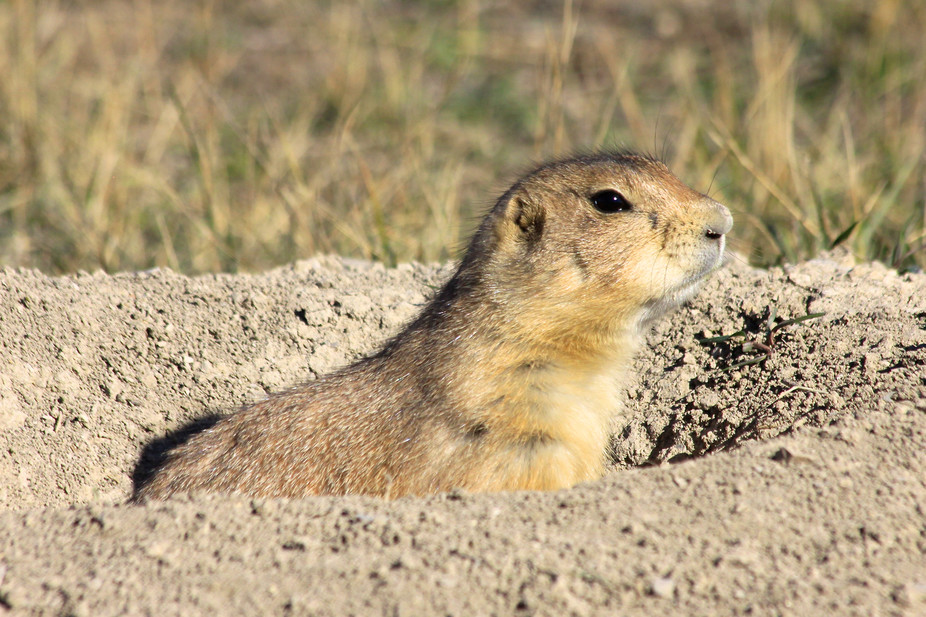In today’s busy online world, our brain’s are constantly stimulated by an onslaught of information. When faced with distractions such as ringing phones, noisy colleagues and floods of incoming emails, focusing on a complex task can be difficult. In fact, many studies have claimed that these multiple demands on our attention are impacting on our ability to concentrate and connect with people.
Animals in the wild also face similar challenges. All animals have only a limited amount of attention, and it must be shared between an array of tasks, including locating food, maintaining social bonds and keeping a watchful eye out for both competitors and hungry predators. With increasing levels of man-made noise in the environment, animals are having to contend more and more with external stimuli which can draw their attention away from these key tasks. And the consequences of failing to focus on lurking dangers can be deadly.
Getting distracted
Experts have been aware of the distracting effects of noise on aquatic animals for some time. Research has demonstrated that a number of fish and crab species are significantly slower to react to a simulated predator attack when exposed to ship noise. And a recent study on damselfish in Australia showed for the first time that noise exposure directly impacted upon survival by increasing the fish’s susceptibility to predator attacks. However, the “distracted prey hypothesis”, had until now, not been explored in wild mammals.
Our experiments involved activating a remote-controlled speaker to broadcast road noise at a colony of prairie dogs. I then played the role of the “predator”, and approached a foraging animal at the centre of the group, to measure how close we would have to be before the prairie dog would become alert and flee. The experiment was conducted under artificial noise and repeated during quiet control periods - building upon our previous research.
Although we expected that the prairie dogs would take longer to respond when distracted by noise, we were surprised by our findings. Unlike the fish and the crabs, in the presence of noise, prairie dogs reacted earlier to the approaching predator and took evasive action more quickly, dashing for their burrows. We saw the same response in almost all our experiments, demonstrating that the prairie dogs were more than capable of attending to risk without being distracted.
Over the course of the experiments, it was also clear that these animals were reacting more quickly. It became increasingly difficult for me to pass by individual prairie dogs close to the trail without triggering loud alarm calling, which rapidly spread to neighbouring animals. But strangely, other nearby humans, such as hikers and cyclists, passed by the same animals and barely triggered even a raised head.
Intelligent animals
These unexpected observations may well be explained by the fact that prairie dogs, despite their small size, have impressive cognitive abilities. Experiments have demonstrated that they can distinguish between different predators (and even human observers) using specific alarm calls, a skill often associated with large-brained animals such as primates.
And it seems that they were doing the same with me, identifying my presence as a greater threat compared to other humans in the area. Instead of being distracted, introduced noise appeared to further increase the prairie dog’s perception of risk in the environment, in a phenomenon known as the “risk disturbance hypothesis”.
But at what cost? Taking flight burns valuable energy and interrupts foraging, which is crucial for any animal, but particularly for small-bodied species with high energetic demands such as the prairie dog. So the cost of reacting to perceived danger must be balanced against the risk of staying put. Being too reactive could, over time, affect the fitness of an individual prairie dog, and potentially impact upon their survival and reproduction. Clearly, this higher level of awareness comes at a price.
And what if the cognitive challenges of identifying a threat were significantly increased? Predators are rarely as obvious as a human walking through the open prairie. At the end of the day, every species has a finite attention span and, depending upon the source of disturbance and the task at hand, can get distracted. In an increasingly noisy world, this will no doubt have implications for other animals as well as humans.
 Graeme Shannon received funding from the US National Park Service.
Graeme Shannon received funding from the US National Park Service.
Graeme Shannon, Lecturer in Zoology, Bangor University
This article was originally published on The Conversation. Read the original article.




 How to create a thriving forest, not box-checking ‘tree cover’
How to create a thriving forest, not box-checking ‘tree cover’  What’s so special about Ukraine’s minerals? A geologist explains
What’s so special about Ukraine’s minerals? A geologist explains  Asian Fund Managers Turn More Optimistic on Growth but Curb Equity Return Expectations: BofA Survey
Asian Fund Managers Turn More Optimistic on Growth but Curb Equity Return Expectations: BofA Survey  Burkina Faso and Mali’s fabulous flora: new plant life record released
Burkina Faso and Mali’s fabulous flora: new plant life record released  LA fires: Long-term exposure to wildfire smoke is poorly understood − and a growing risk
LA fires: Long-term exposure to wildfire smoke is poorly understood − and a growing risk  GesiaPlatform Launches Carbon-Neutral Lifestyle App ‘Net Zero Heroes’
GesiaPlatform Launches Carbon-Neutral Lifestyle App ‘Net Zero Heroes’ 
































